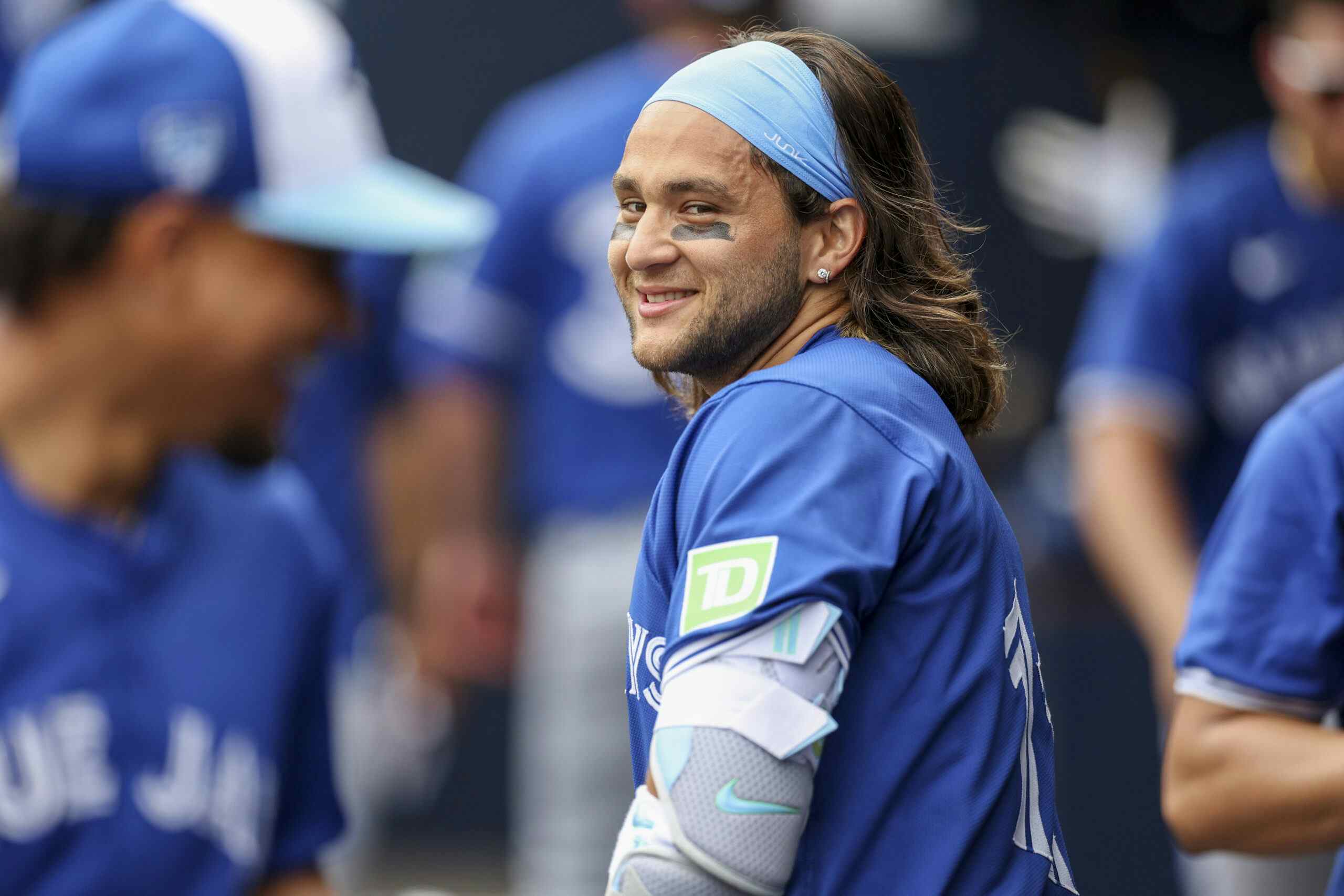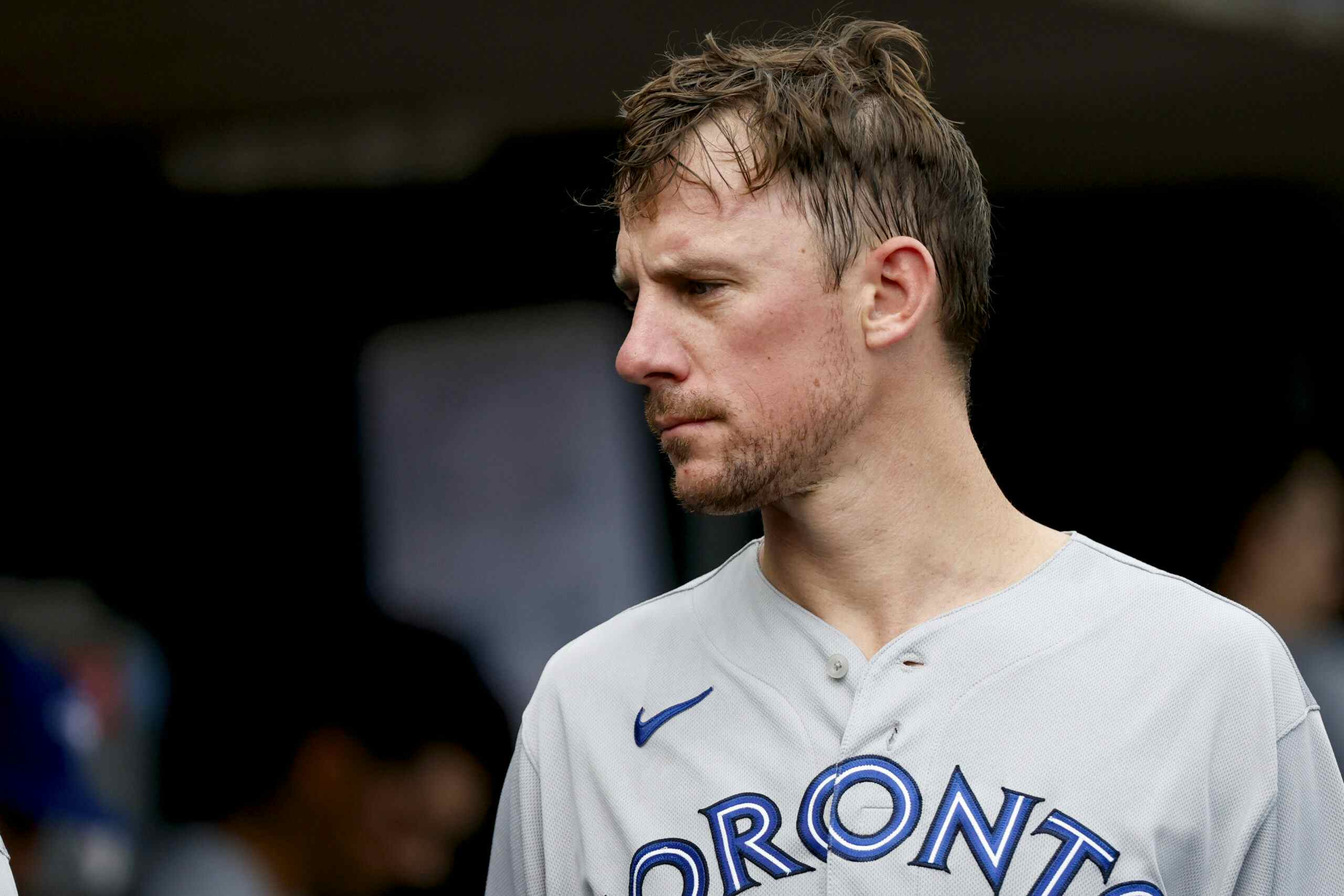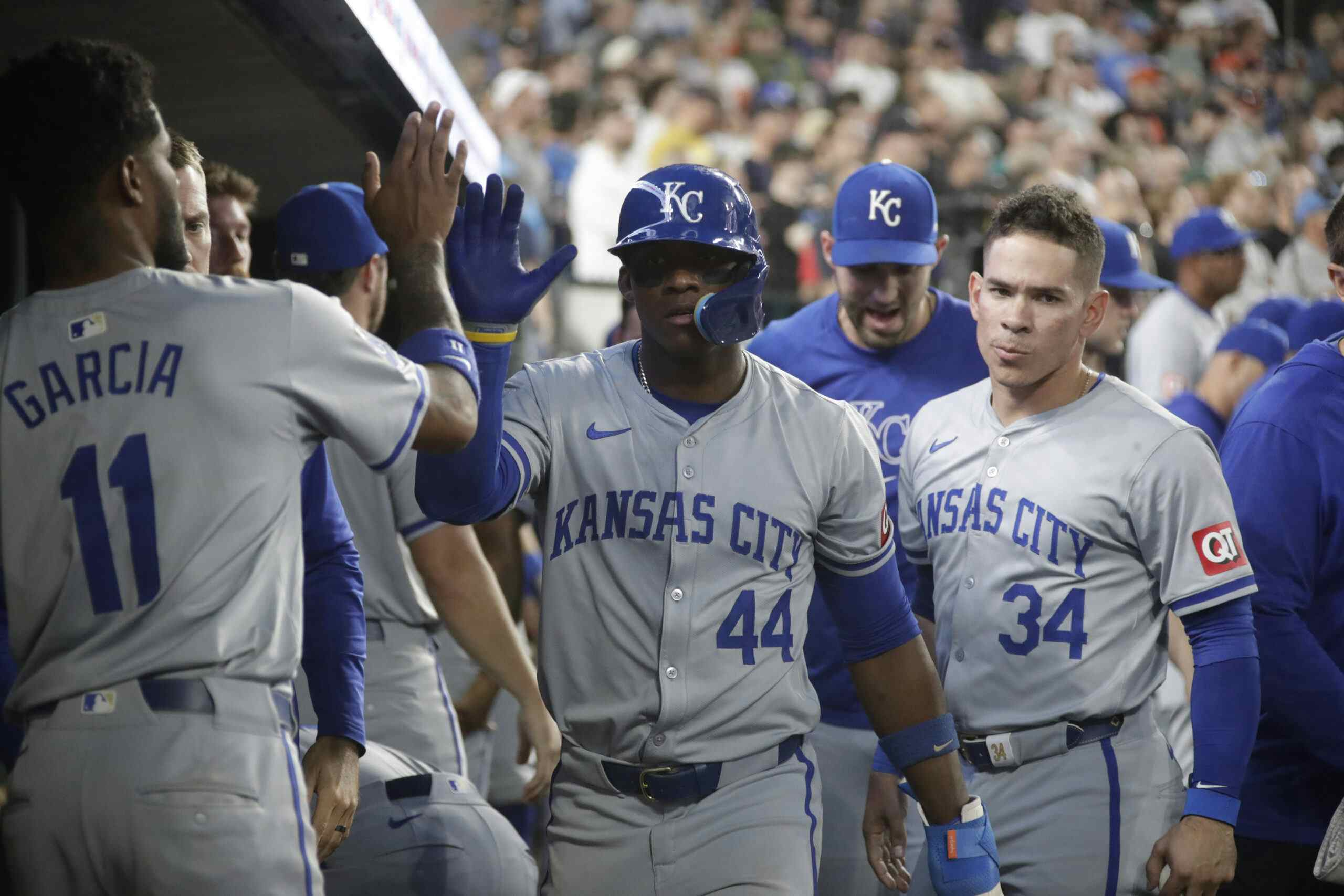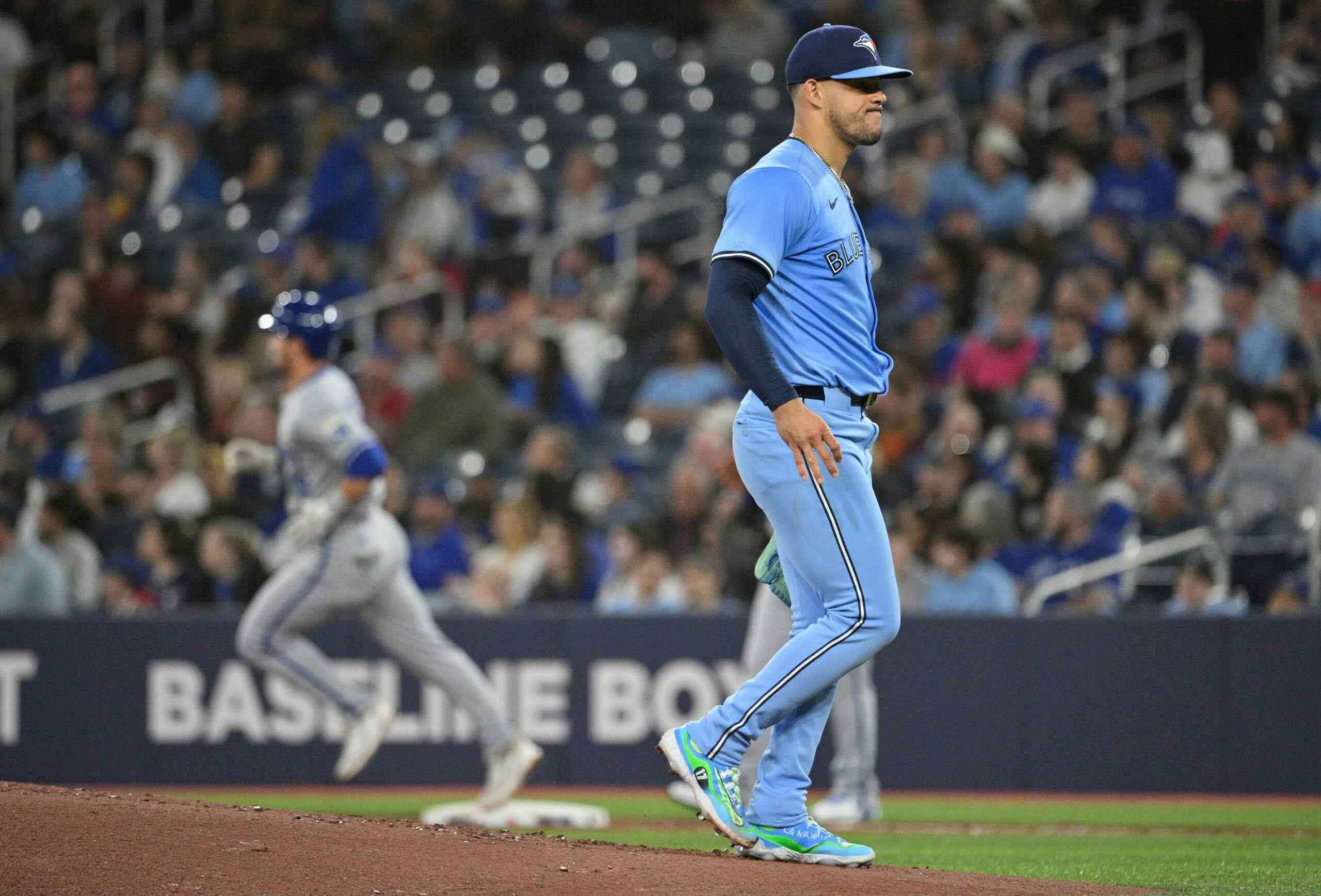With a playoff spot within reach, the Blue Jays should look to add ahead of the trade deadline
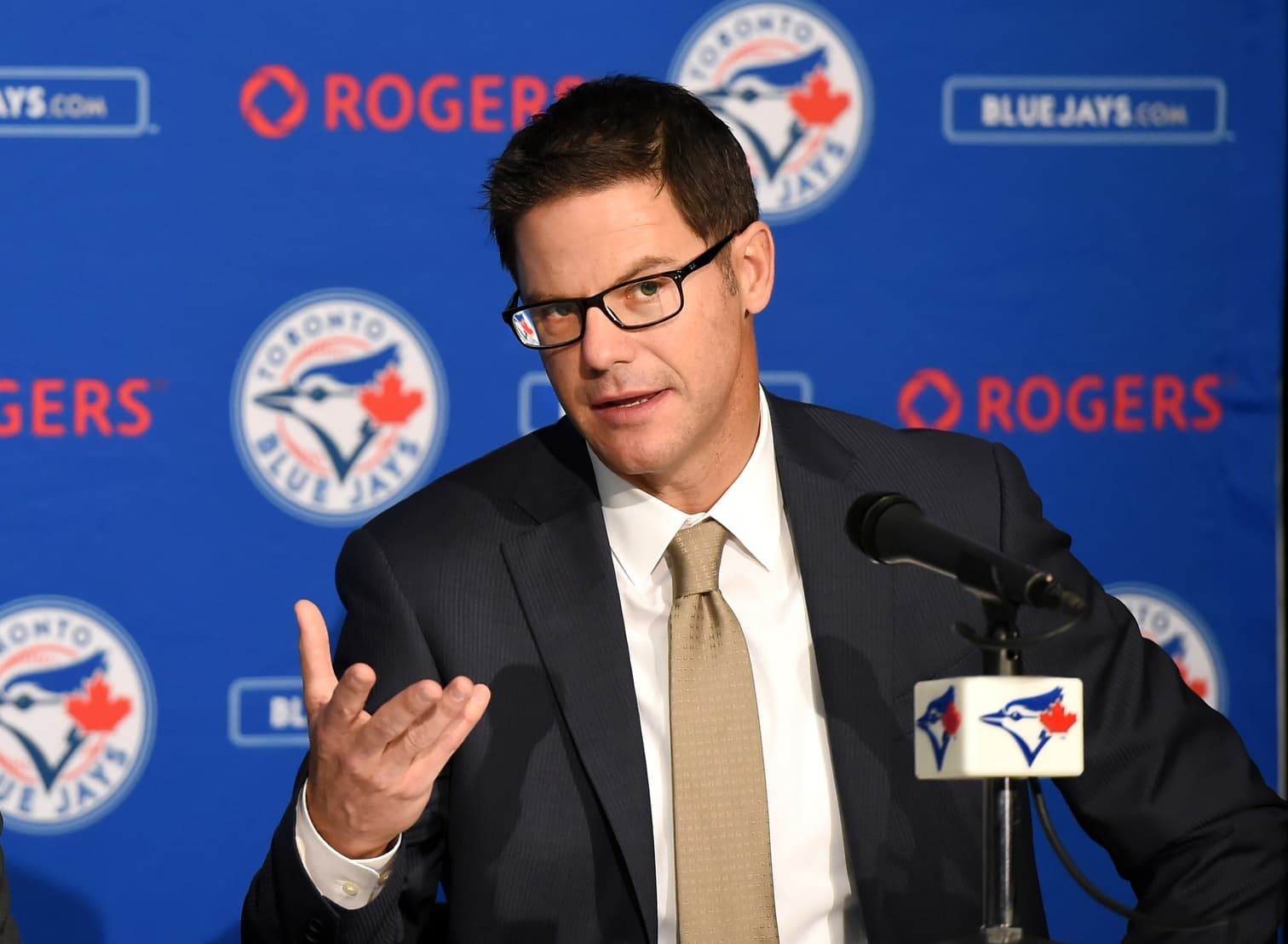
By Cam Lewis
3 years agoIf everything was normal, we wouldn’t be talking about the playoffs right now.
If everything was normal, the Blue Jays would have rolled into the 2020 season with the objective of simply taking a step in the right direction. We’d be hoping for some nice performances from the young core and, ultimately, a record that pushed .500.
But everything isn’t normal. In the world of a 60-game season with a 16-team playoff field, anything is possible. Yes, even the playoffs.
Despite some incredibly frustrating late-game losses and some lulls in which the team looks like they belong in the minor-leagues, some very, very good pitching and a power surge at the plate has the Blue Jays sitting with a 12-11 record and sole possession of the final playoff spot in the American League. It hasn’t been pretty, but, here we are.
Elsewhere, a very clear picture of the playoff race in the American League is forming around them. While the National League is a total crapshoot in which anybody (save for the 4-17 Pirates) can realistically make it to the dance, the AL features a top group and a bottom group.
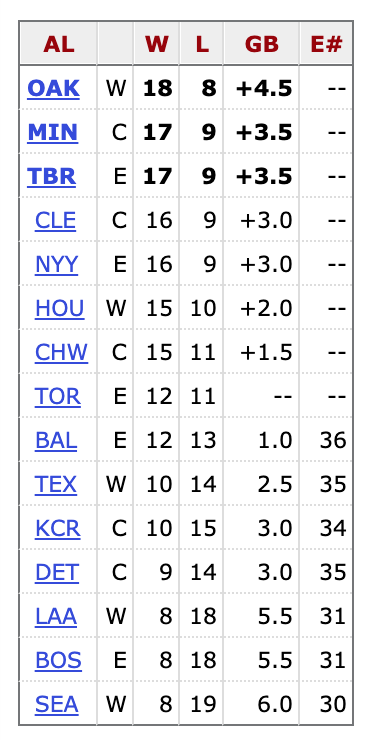
It’s safe to assume, barring some kind of disaster, that the Yankees, Rays, Twins, Clevelanders, White Sox, Athletics, and Astros will be seven of the eight playoffs teams in the American League. That’s the top group. That would leave one spot for the bottom group. In order for the Blue Jays to make the playoffs, they have to come out on top of the pile of garbage that is the Orioles, Rangers, Royals, Tigers, Angels, Red Sox, and Mariners.
It’s not about being a great team — we should have no delusions at this stage of their rebuild process about what the Blue Jays are — it’s just about being better than a handful of shitty teams.
The Jays will roll into Tampa Bay for a difficult four-game series at the House of Horrors. After that, they’ll embark on a 13-game stretch in which they play the Red Sox, the Orioles, the Marlins, and the Red Sox again. The schedule gets a bit harder in September as the Jays need to play the Yankees 10 times, but that stretch gives them a prime opportunity to build a nice cushion from the garbage pile.
Also, right in the middle of that critical stretch of 13 winnable games is the trade deadline.
In a normal season, the Jays would more than likely be selling at the trade deadline. We’d be talking about sending Ken Giles to a contender and possibly selling high and flipping arms like Anthony Bass, Matt Shoemaker, and Chase Anderson to continue to stock prospect depth.
But, again, this isn’t a normal season. The experience of making a push for the playoffs and playing meaningful baseball all the way into late-September is much more important for this group than adding more prospects to an already deep farm system.
Now, of course, the front office also shouldn’t be going all-in on trying to win this year. Like, trading Jordan Groshans or Alek Manoah or Simeon Woods Richardson for a top-level rental would be insane right now. But making some minor additions? Maybe some that can help the team beyond this year too? That would be ideal.
When asked by Ben Nicholson-Smith of Sportsnet what the team’s priority is heading into the deadline, general manager Ross Atkins iterated that pitching depth is key.
“If I had to say just one (area), it would be starting pitching. If there’s ways to continue to build upon that depth, we will look to do that,” Atkins said. “Thinking about pitching and preventing runs is where the focus will be.”
As great as Toronto’s bullpen has been thanks to additions like Anthony Bass, A.J. Cole, and Rafael Dolis coupled with an influx of young arms like Ryan Borucki, Jordan Romano, Anthony Kay, and Thomas Hatch, the starting rotation leaves quite a bit to be desired.
Hyun Jin Ryu, after a shaky start, has looked the part of the staff’s ace. But, after that? It’s pretty hit and miss. Nate Pearson hasn’t hit the ground running, Matt Shoemaker has been up and down, Tanner Roark is struggling to throw strikes, Chase Anderson hasn’t reached the fourth inning, and Trent Thornton had a rough go in his return from the Injured List.
Executing trade this year certainly won’t be easy. As Ken Rosenthal noted in a post at The Athletic a few days ago, there are a handful of obstacles executing deals in the COVID-19 landscape. There are going to be fewer sellers with the expanded playoff field, there’s a risk of players opting out if they get moved to a different team, and there hasn’t been a minor-league season for scouts to watch prospects.
Nicholson-Smith notes that teams have been trying to get creative with their scouting and that we might see fewer deals involving prospects than usual…
To some extent, teams are bridging that information gap by sharing video and data from their alternate training sites, but it doesn’t compare to the quality of scouting and statistical information available during a typical season. As such, Atkins believes we may see more “baseball deals” where clubs exchange players from their major-league rosters.
That means we might see something more along the lines of, say, Reese McGuire getting moved for a starting pitcher with another year of control after this one rather than a package of prospects getting moved for a rental.
Who knows. We’ll have a better idea of where to look in another week once we really know who’s going to be selling. All I can say right now is that it feels nice to be in a situation where we’re worried about making the team better for a playoff push.
Recent articles from Cam Lewis

